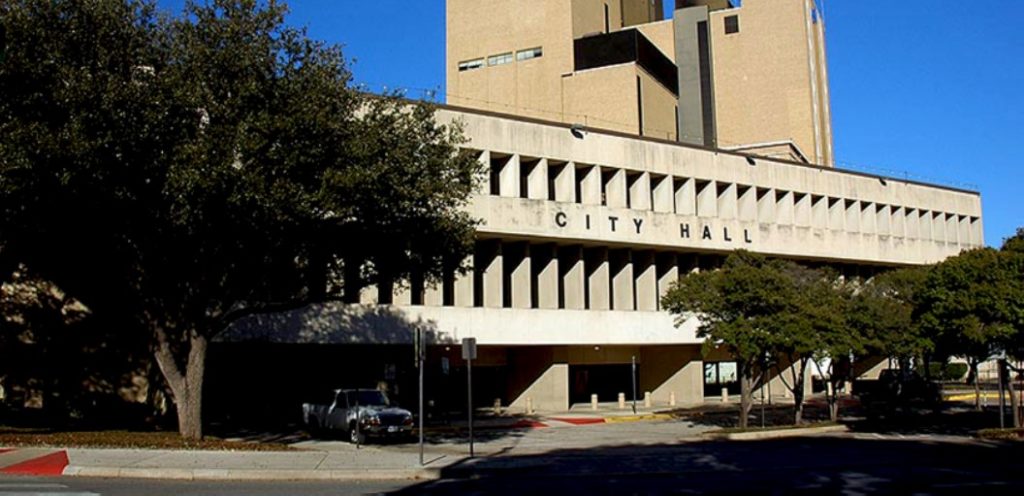City of Fort Worth for the 2018 update of the Historic Preservation Ordinance
City of Fort Worth for the 2018 update of the Historic Preservation Ordinance was undertaken in response to the community’s desire to streamline the Certificate of Appropriateness process, the process for additions and changes to landmarked buildings. As part of the update, many sections of the Ordinance were revised to make the document more user-friendly. Important revision included the following:
- Eliminating duplication of designation criteria in order to make historic designations more attainable;
- Streamlining the Certificate of Appropriateness process;
- Clarifying the interplay between the Secretary of the Interior’s Standards for Rehabilitation and historic district design standards;
- Reducing the spending threshold from 30% to 20% to qualify for a 10-year property valuation freeze on the city’s portion of the property tax statement;
- Defining key exterior and interior eligible scope-of-work items in the Historic Site Tax Exemption Program.
The revisions to the Preservation Ordinance have provided an opportunity for Preservation staff to more efficiently and effectively serve Fort Worth’s preservation community. The revisions have also crated a transparent, streamlined project review process desired by the community. by achieving these goals, further opportunities have been created to address long overdue preservation priorities in Fort Worth, such as a strategic update of the Preservation Plan and an expanded survey of the city.
Fun facts to know and tell:
- Fort Worth has twice the number of landmarked buildings as Dallas, a little over 9,000 for FW to Dallas’ 4,000.
- Fort Worth has 1/4th the number of preservation staff as Dallas.
- Fort Worth preservation staff held 13 public meetings to receive input on the ordinance revisions.
- Seven of those meetings were with Historic Districts & Neighborhood Organizations.
- City staff incorporated over 100 public comments into the updated ordinance.
No every municipality has a preservation ordinance, a preservation officer and a preservation plan, but Fort Worth does. Additionally, Fort Worth’s 1967 City Hall was designed by internationally regarded architect Edward Durnell Stone. Mr. Stone’s brilliant career included many private and public commissions including the Museum of Modern Art in New York, Stanford Medical Center in Palo Alto, California, John F. Kennedy Center for the Performing Arts in Washington, D.C., the North Carolina State Legislative Building in Raleigh, North Carolina, and the United States Embassy in New Deli, India. HFW’s 2014 Cantey Lecturer was Dr. Mary Anne Hunting, an architectural historian and author of a book titled Edward Durell Stone, Modernist’s Populist Architect.

Photography by Bruce E. Maxwell.








